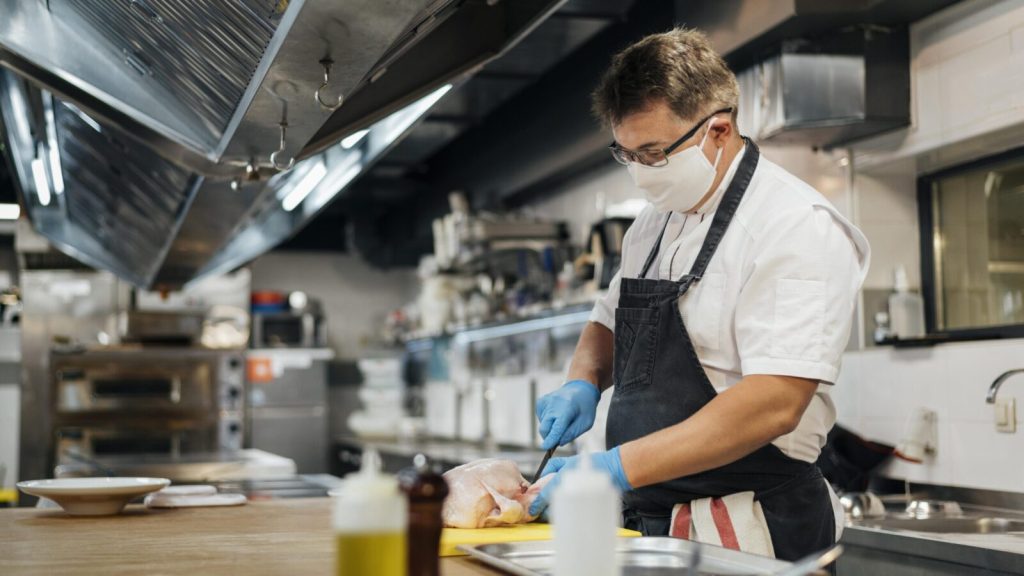
Essential PPE in the Food Industry: What You Need to Know
Overwhelmed by PPE options for food safety? Master your PPE selection for food workers safety with these practical tips.
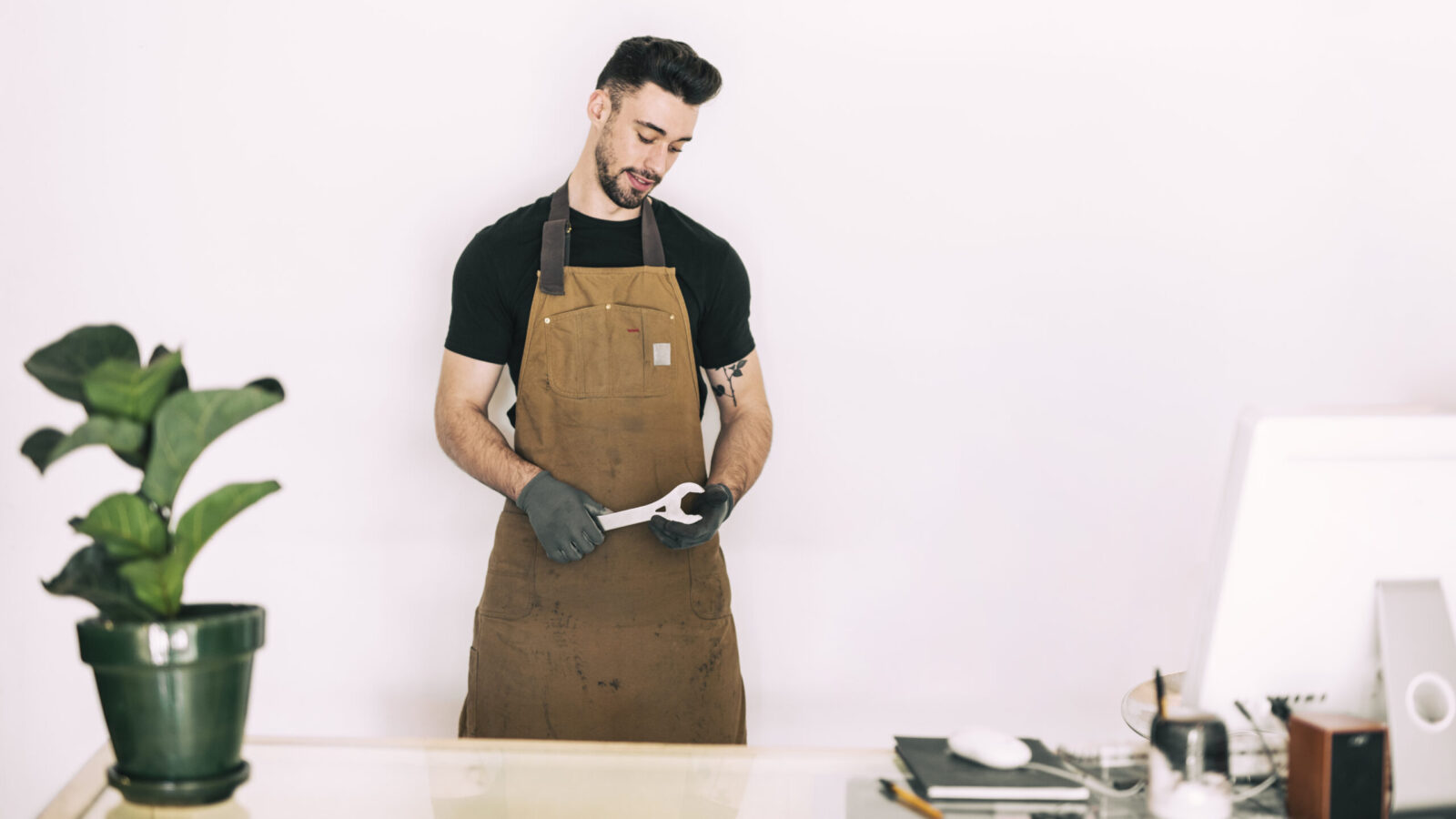
Get 20€ off on your first order!
Finding the right leather apron for welding can be challenging, especially with so many options available. This guide not only helps you identify the best apron to ensure safety and efficiency but also provides practical insights and solutions to enhance your welding experience. With our expertise, you’ll gain the knowledge to make an informed decision and find answers to the next question that arises after choosing the right apron. For a broader overview of leather aprons, check out the main article here.
Choosing the right leather apron involves evaluating specific features tailored to welding. Here are the key factors to consider:
Leather aprons are typically made from cowhide, pigskin, or split-grain leather. Cowhide is durable and offers excellent heat resistance, while pigskin is more flexible and breathable. Split-grain leather is a cost-effective option suitable for lighter welding tasks.
| Leather Type | Advantages | Best For |
| Cowhide | Durable, heat-resistant | Heavy-duty welding |
| Pigskin | Flexible, breathable | Moderate welding environments |
| Split-grain Leather | Affordable, lightweight | Light welding activities |
Look for aprons with a thickness of 1.2 to 1.5 mm. This thickness strikes an ideal balance between protection and ease of movement, ensuring both safety and comfort during use. Heavier aprons offer robust protection for demanding tasks, while lighter options provide excellent flexibility and comfort for extended periods, giving you versatile choices to suit your needs. Balance is key.
Meeting EN ISO 11611 standards for your leather apron instills confidence and ensures reliable protection. Pairing it with other high-quality protective gear further enhances your safety and preparedness. Here are a few tips to complement your apron:
By combining your leather apron with these essential safety items, you can build a comprehensive and empowering welding setup, equipping yourself for greater confidence and efficiency in your work.
Meeting relevant European safety standards, such as EN ISO 11611 for protective clothing used in welding, gives you the confidence to work in demanding environments, knowing your apron offers reliable flame resistance, thermal protection, and durability. Choosing a certified apron gives you confidence and peace of mind, knowing you are well-equipped for safe welding tasks. Learn more about EN Standards from this guide in Wikipedia.
The choice between light-duty and heavy-duty aprons depends on your specific welding tasks:
| Type | Characteristics | Ideal For |
| Light-Duty Aprons | Lightweight, less bulky | Occasional welding, hobbyists |
| Heavy-Duty Aprons | Thicker leather, reinforced seams | Professional, high-heat welding |
Look for padded straps or ergonomic designs to improve comfort. Adjustable cross-back straps are highly recommended as they reduce pressure on the neck.
To ensure the longevity of your leather apron:
To ensure complete safety and comfort while welding, consider exploring complementary protective gear, such as:
Linking these items to your welding setup enhances both safety and efficiency. By incorporating all the necessary protective gear, you can approach any welding task with confidence.
For a curated selection of leather aprons designed for welding, visit our main product category. Here, you’ll find durable and certified options tailored for professionals and hobbyists alike.
Expand your knowledge on protective workwear:
We hope this guide has provided valuable insights into the essential aspects of selecting the best leather apron for welding, from material considerations to compliance with safety standards. Whether you’re working in professional environments or tackling DIY projects, our curated selection of aprons ensures you can find the perfect fit for your needs.
Explore our full range of leather aprons here and confidently gear up for your next welding task. Have questions or need additional guidance? Don’t hesitate to reach out—we’re here to support your safety and success every step of the way!
– The Droppe Team
FAQ: Choosing the Right Leather Apron for Welding
When choosing the right size, ensure the apron provides full coverage from chest to knees without restricting movement. Adjustable straps are essential for a customized fit. To find the best fit, try on the apron with the straps loosened, then adjust them for comfort. It should feel secure but not too tight, allowing for mobility during work.
Yes, a welding leather apron can also be suitable for other high-heat and hazardous environments like metalworking or woodworking. However, you may want to consider aprons specifically designed for those tasks if you’re looking for additional features like tool organization or lighter materials.
The lifespan of a leather apron depends on the quality of the material, frequency of use, and how well it’s maintained. High-quality leather aprons can last for several years if regularly conditioned, cleaned, and stored properly. In demanding professional settings, they may need more frequent upkeep or replacement, but with good care, they remain durable.
A flame-resistant coating is not always necessary if the leather is already naturally flame-resistant, as is the case with many high-quality aprons made from cowhide. However, additional flame-resistant coatings can offer extra protection, especially in high-heat welding environments. Always ensure your apron meets the EN ISO 11611 safety standard for welding.
To clean your leather apron, wipe it with a damp cloth to remove dirt and debris. Avoid soaking the leather in water. To maintain its softness and flexibility, periodically apply a leather conditioner. Always hang your apron in a cool, dry place to prevent deformation or mildew, and store it away from direct sunlight to preserve its integrity.
Thank you! You've signed up for our newsletter.
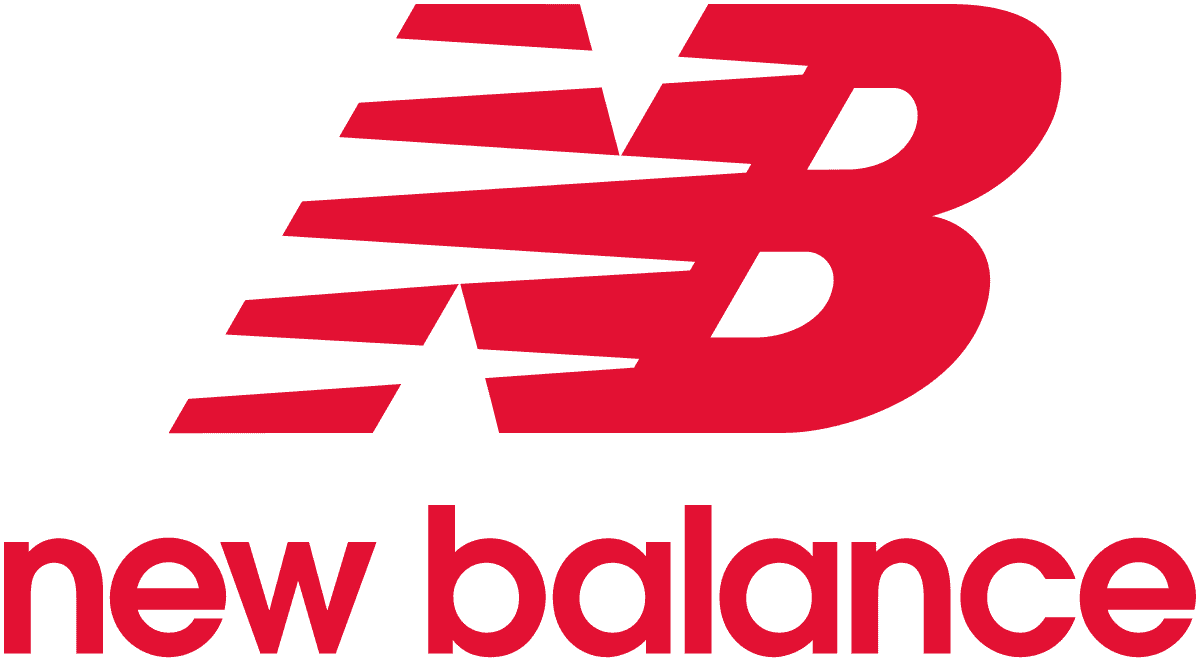

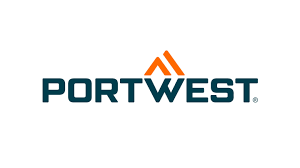

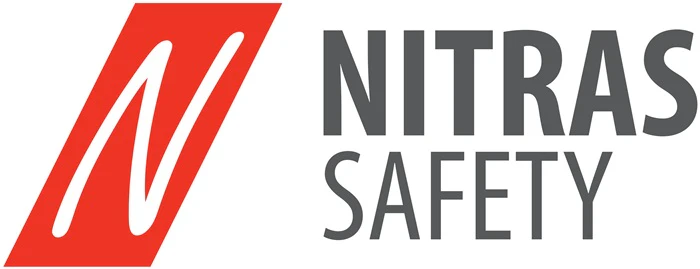





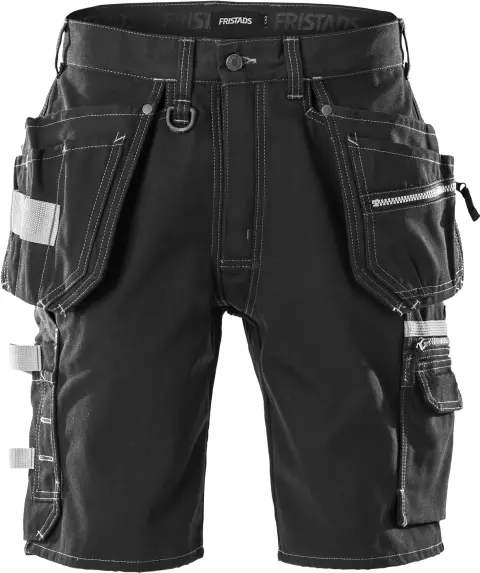
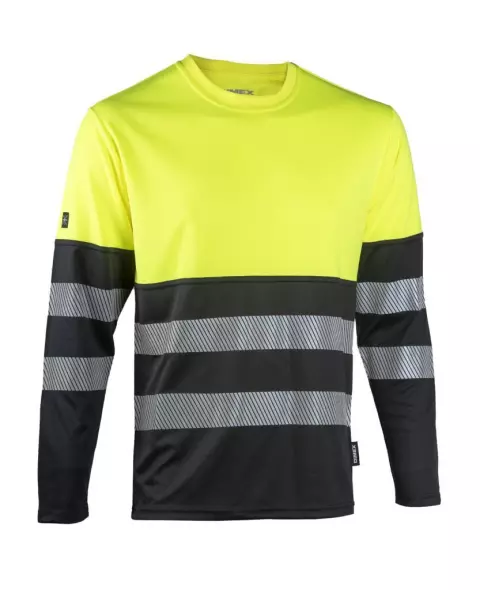
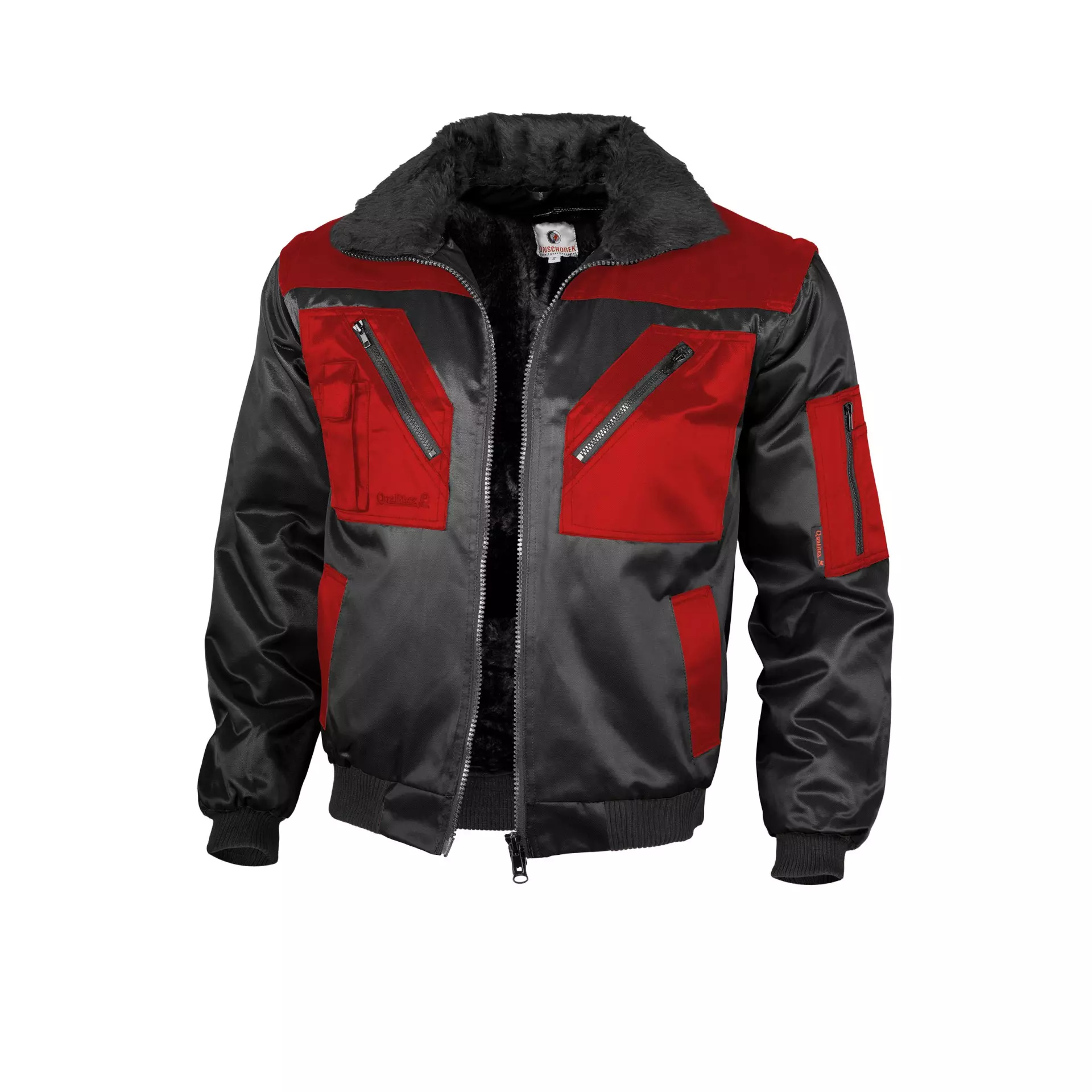
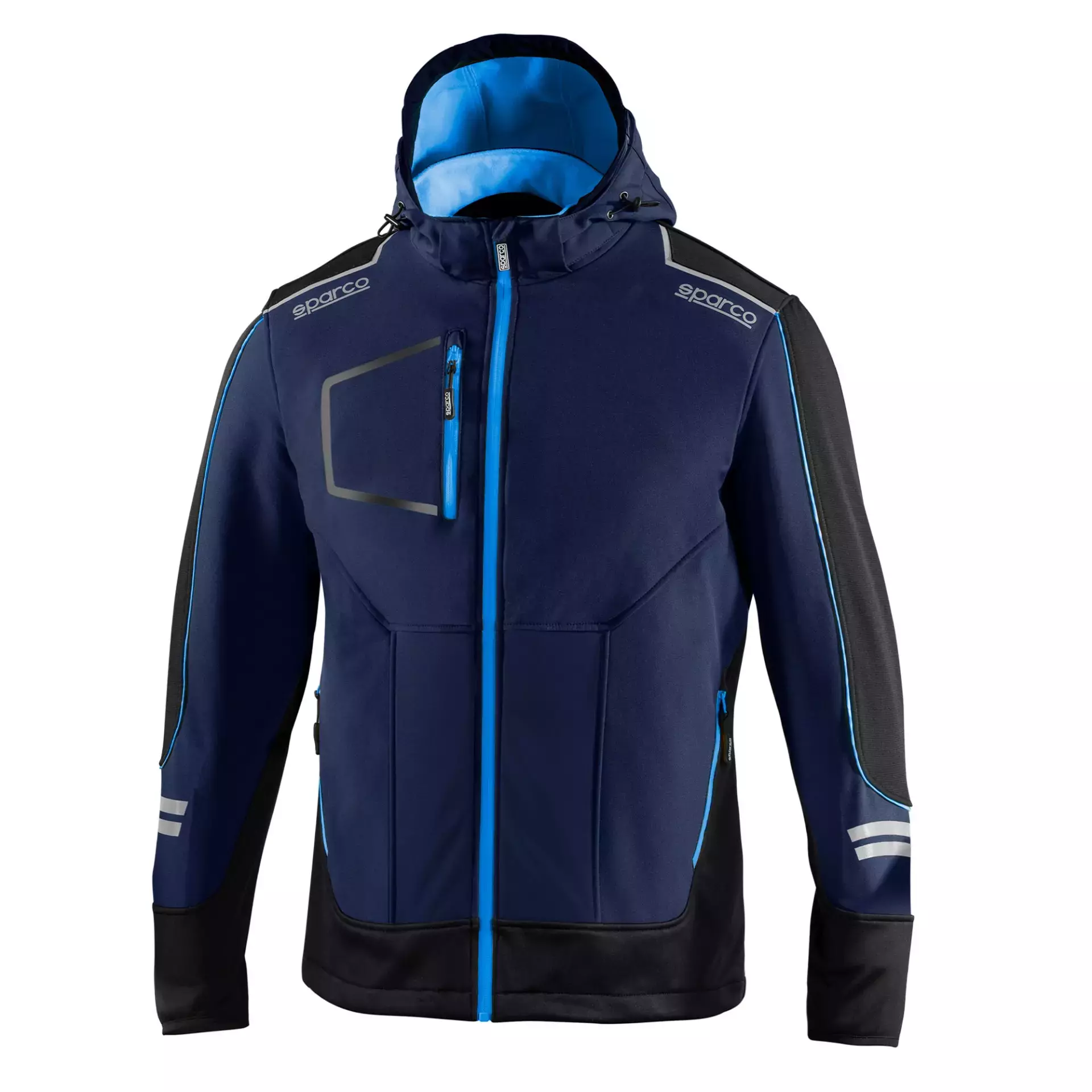





Overwhelmed by PPE options for food safety? Master your PPE selection for food workers safety with these practical tips.

Struggling to maintain clear vision in demanding environments? This guide is here to help. By the end, you’ll know exactly...
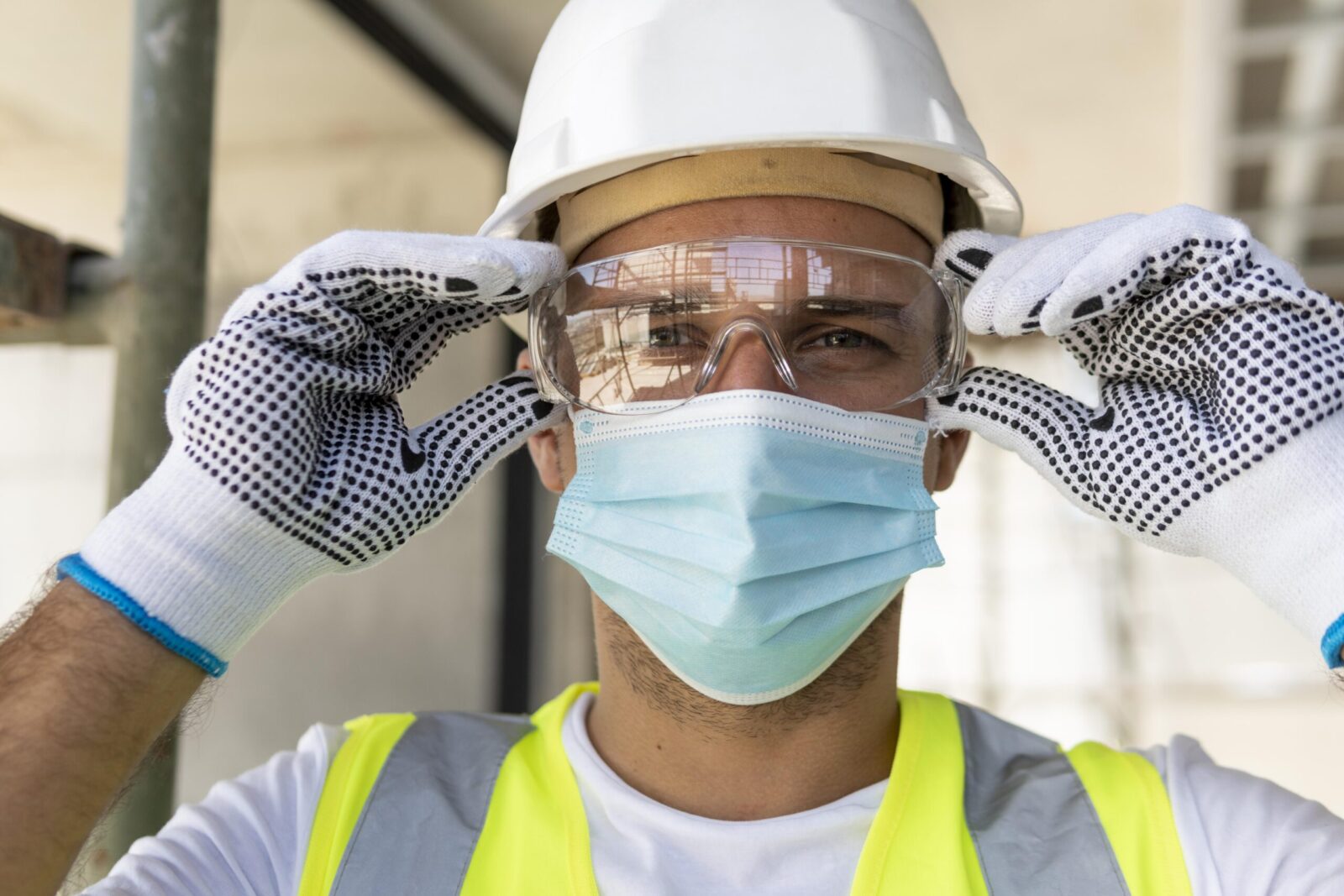
Electricians across Europe face unique challenges that require reliable safety glasses to ensure both protection and efficiency. Whether safeguarding against...

Overwhelmed by PPE options for food safety? Master your PPE selection for food workers safety with these practical tips.

Struggling to maintain clear vision in demanding environments? This guide is here to help. By the end, you’ll know exactly...

Electricians across Europe face unique challenges that require reliable safety glasses to ensure both protection and efficiency. Whether safeguarding against...
Get 20€ off on your first order!
Save 30% by buying directly from brands, and get an extra 10€ off orders over €100
Save 30% by buying directly form brands, and get an extra 10€ off orders over €100